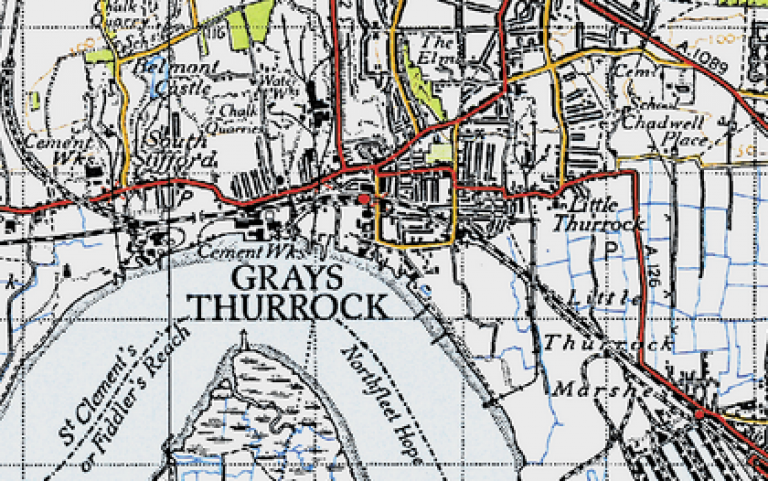300,000 year old European Brown Bear of Grays Thurrock, UK has a comparable diet to the Sun Bear of southeast Asia
8 November 2018
This study presents a new database of dental microwear features for extant bear species, which is used to interpret palaeodiet in brown bear (Ursus arctos) from the late Middle Pleistocene site of Grays Thurrock, U.
 K. Applying light stereomicroscopy techniques in dental microwear analysis, we highlight, for the first time, that the talonid area of the first lower molar (m1) in extant ursids is most effective in the differentiation of dietary ecospaces. Extant bear species can be separated into different parts of a dietary ecospace revealing microwear features that mirror their dietary preferences. Of particular note is the differentation of ecospaces within modern brown bear populations from different geographical regions and the potential for identifying seasonal variation in diet. The results demonstrate that the diet of the late Middle Pleistocene brown bear from the interglacial site of Grays Thurrock was closely comparable to that of the modern U. arctos from northern Europe, the American black bear (Ursus americanus), and the sun bear (Helarctos malayanus). This suggests the dietary importance of fibrous food, as well as soft fruits and invertebrates and a small vertebrate component. This finding is in agreement with climatic conditions and habitats inferred for the MIS 9 interglacial. The creation and testing of a dental microwear database for all modern bear species provides a foundation for subsequent application to other extinct Pleistocene bear populations.
K. Applying light stereomicroscopy techniques in dental microwear analysis, we highlight, for the first time, that the talonid area of the first lower molar (m1) in extant ursids is most effective in the differentiation of dietary ecospaces. Extant bear species can be separated into different parts of a dietary ecospace revealing microwear features that mirror their dietary preferences. Of particular note is the differentation of ecospaces within modern brown bear populations from different geographical regions and the potential for identifying seasonal variation in diet. The results demonstrate that the diet of the late Middle Pleistocene brown bear from the interglacial site of Grays Thurrock was closely comparable to that of the modern U. arctos from northern Europe, the American black bear (Ursus americanus), and the sun bear (Helarctos malayanus). This suggests the dietary importance of fibrous food, as well as soft fruits and invertebrates and a small vertebrate component. This finding is in agreement with climatic conditions and habitats inferred for the MIS 9 interglacial. The creation and testing of a dental microwear database for all modern bear species provides a foundation for subsequent application to other extinct Pleistocene bear populations.
The bear necessities: A new dental microwear database for the interpretation of palaeodiet in fossil Ursidae
Spyridoula Pappa, Danielle C. Schreve, Florent Rivals
DOI: 10.1016/j.palaeo.2018.10.015
 Close
Close

